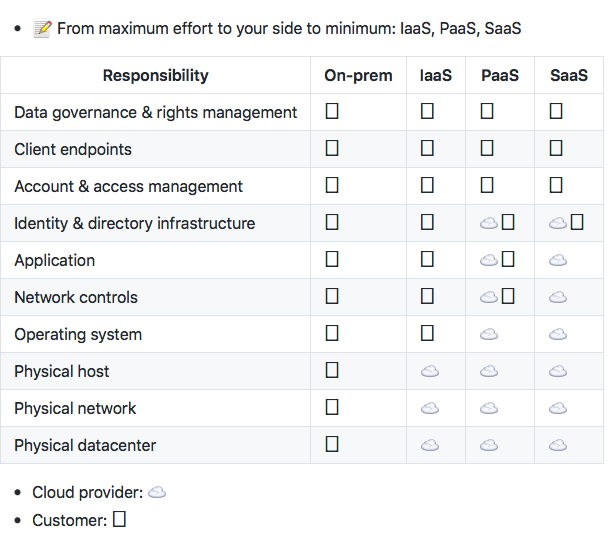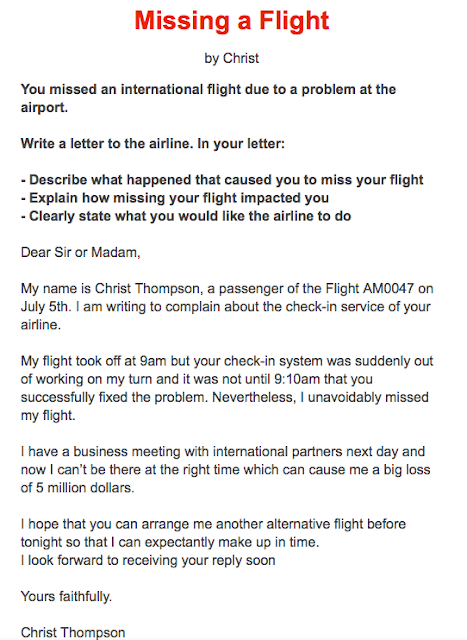Azure Tutorials Series - IaaS vs PaaS vs SaaS
We already have covered Public vs Private vs Hybrid differentiation in the previous article. In this article we will be covering three categories of cloud computing with relevant examples and details.
Most of you might already be using these services in your daily day-to-day tasks unaware of the face that your organisation has already started the transition into the cloud. For an example, Office 365 is a active SaaS(Software as a service) that most of us uses, VMs are examples of IaaS(Infrastructure as a service) and Azure SQL Database is PaaS(Platform as a service). Now how do we differentiate between the three categories as a user? Will cover the details below.
Infrastructure as a Service(IaaS)
- Service provider provides you the hardware
- User gets some control over the hardware, can customise operating system, storage and VMs.
- Ensuring service is up and running is shared responsibility
- While cloud provider makes sure that the hardware is functioning correctly, user needs to make sure whether the service is configured correctly, up to date and available to its customers.
- User responsibility - Purchase, configuration, managing software, Operating system, middleware and applications hosted.
- Cloud service provider responsibility - cloud infrastructure such as Server, storage, networking, VM.
- Virtual Machine is an example of IaaS.
- SQL Server installed on a virtual machine is an example of IaaS.
- Traffic Manager is an example of IaaS.
- Virtual network is also an example of IaaS.
- Easiest to migrate into, from an existing hosted app
- Lift and shift.
- Pre-requisites applications comes with IaaS.
Platform as a Service(PaaS)
- Widely used by developers to build, test and deploy applications.
- Unlike IaaS, the only thing user needs to control is the application and the data. Rest everything will be taken care by Cloud provider such as OS, Middleware, Runtime, etc.
- Provides high availability, scalability.
- User responsibility - Application and data.
- cloud service provider responsibility - typically everything except user application.
- Azure SQL Database and Azure App services are an example of PaaS.
- PaaS is a cloud deployment solution used to minimise the amount of administrative effort and manage web application.
- Services Bus is an example of Platform as a Service.
- PaaS allows customers to deploy features to their custom applications.
- Paas provides the ability to scale the platform automatically
- Doesn't requires full control on OS.
Software as a Service(SaaS)
- Widely used by the customers, such as One drive, Office 365 or Skype
- Monthly and yearly subscription
- User responsibility - not responsible for any management or maintenance.
- Cloud service provider responsibility - everything!
Remember below diagram
Shared Responsibility Model
- Both user as well as Microsoft is responsible for handling few shared responsibilities, while user primarily focuses on Data, endpoints, accounts, access management(identities). Microsoft Azure provides few tools to mitigate security threats. For examples, Role based access control(RBAC), multi factor authentication, encryption firewall protection, DDoS protection, suspicious location , login attempts. If you have been using gmail or Facebook, most of it you might be already aware of.
Happy Learning!



Comments
Post a Comment